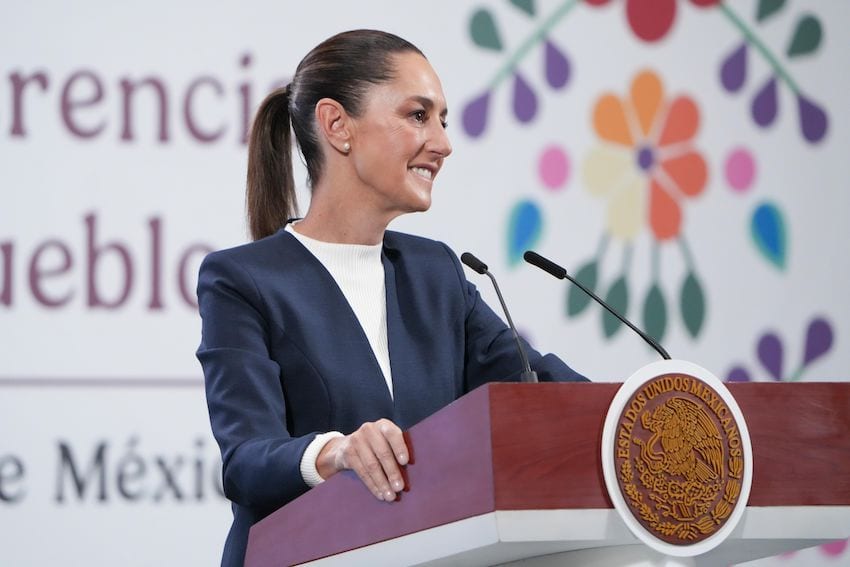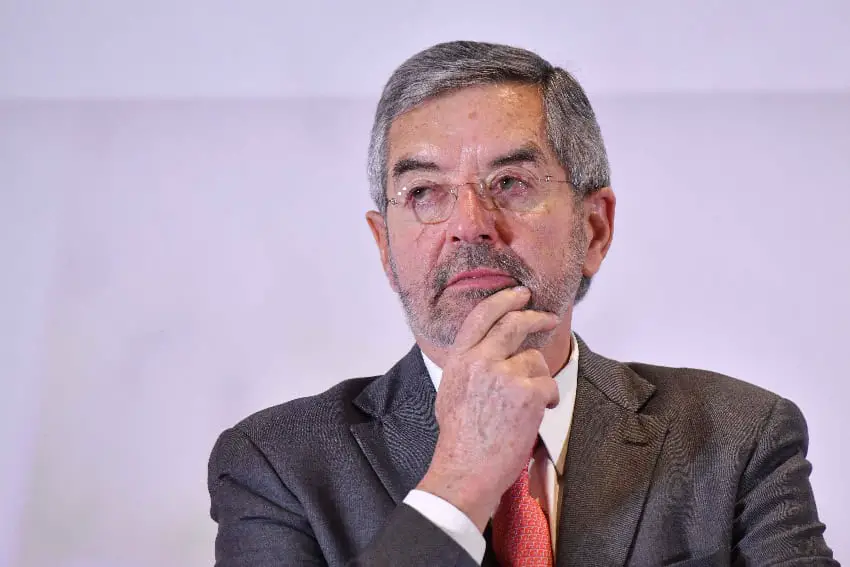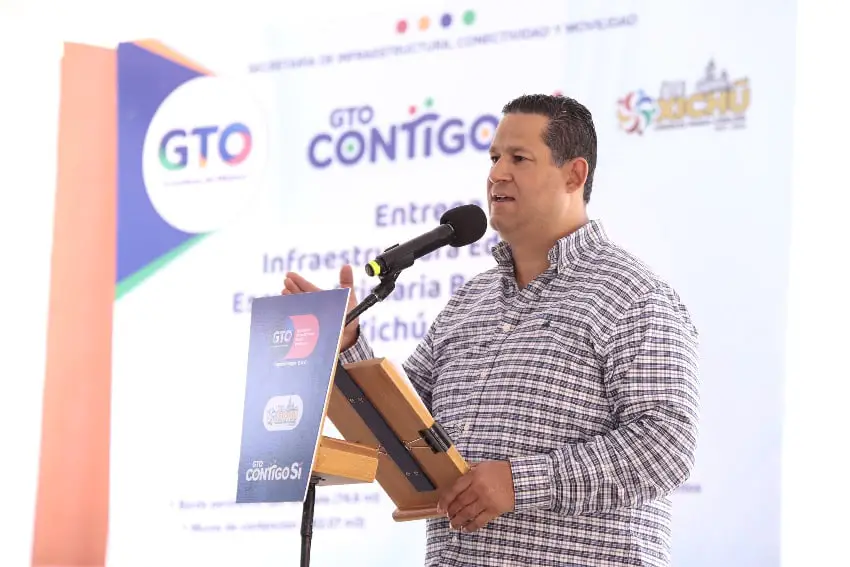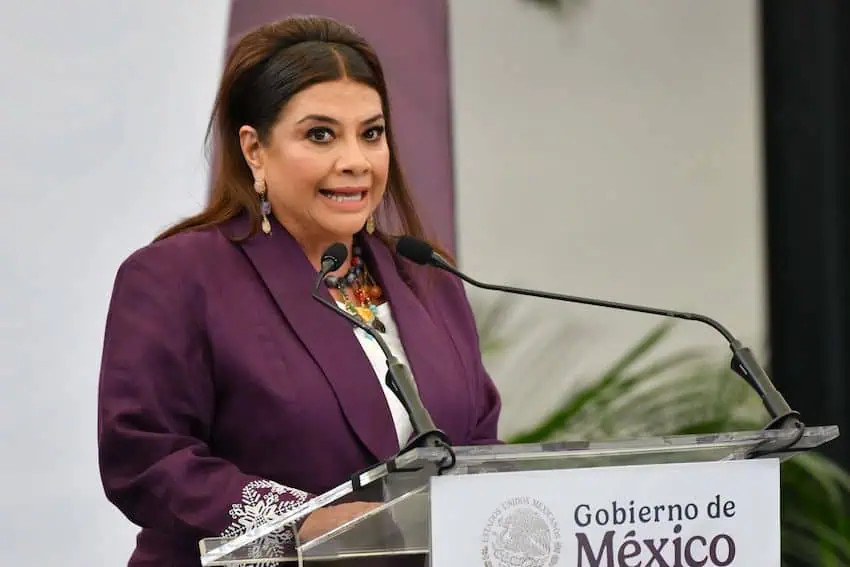Former president Andrés Manuel López Obrador made so-called “republican austerity” a centerpiece of his 2018-2024 administration. In addition to reducing government expenditure, López Obrador even slashed his own salary and those of other politicians.
Now, in 2025, as several politicians with the ruling Morena party face criticism over extravagant international travel seen as incongruous with their salaries, it is an opportune time to look at how much Mexico’s elected officials actually make.
The Mexican Constitution explicitly states that “no public servant can have a salary higher than the President of the Republic’s salary.”
But how much does President Claudia Sheinbaum earn?
How much do her cabinet ministers make?
How much do other federal, state and municipal politicians get paid?
How much does Claudia Sheinbaum earn?
In 2025, Claudia Sheinbaum, as Mexico’s president, is paid a monthly gross salary of 193,706 pesos (US $10,424).

Therefore, her annual gross salary is just over 2.32 million pesos (about US $124,850).
Once income tax is deducted, Sheinbaum’s monthly net, or take-home, pay is 134,290 pesos (US $7,227).
The president also receives a range of benefits, which have a collective value of more than 575,000 pesos (US $30,945) per year. Those benefits include social security, additional vacation pay and an annual bonus payment (aguinaldo) of around 105,000 pesos (about US $5,650).
Including benefits, Sheinbaum’s annual gross salary is almost 2.9 million pesos (US $156,000). After deductions, the president’s annual salary is about 2.07 million pesos (US $111,500).
Sheinbaum said in November that her salary and those of other high-ranking officials won’t increase during her six-year term in government.
The president lives in the National Palace, located in the historic center of Mexico City. She is not required to pay rent or any fee for living in the historical building, which has served as the president’s residence since López Obrador’s term in office.
How does Sheinbaum’s salary compare to those of other world leaders?
While living costs obviously vary between countries, for interest’s sake, let’s take a look at how Sheinbaum’s salary compares to those of a selection of other world leaders.
- U.S. President Donald Trump’s gross annual salary (excluding benefits) — which Trump says he donates — is US $400,000, more than triple Sheinbaum’s gross annual salary.
- Canadian Prime Minister Mark Carney’s gross annual salary is $422,000 CAD (US $306,300), about 2.5 times Sheinbaum’s gross annual salary.
- Brazilian President Luiz Inácio Lula da Silva’s gross annual salary is R$556,394 (US $103,200), about 17% lower than Sheinbaum’s gross annual salary.
Singaporean Prime Minister Lawrence Wong is said to be the highest-paid world leader, earning an annual gross salary of around US $1.7 million.
According to 2024 data, the highest paid leader in Latin America is the president of Uruguay, followed by the presidents of Guatemala, Costa Rica and Mexico.
How much do Mexico’s federal cabinet ministers make?
Claudia Sheinbaum’s cabinet ministers, such as Economy Minister Marcelo Ebrard and Interior Minister Rosa Icela Rodríguez, earn salaries that are only slightly lower than that of the president.
Federal ministers earn monthly gross salaries of 190,035 pesos (US $10,227), less than 2% lower than Sheinbaum’s salary.

Their monthly net pay is 132,074 pesos (US $7,105).
Federal secretaries in the United States, such as Secretary of State Marco Rubio and Commerce Secretary Howard Lutnick, earn gross annual salaries of around US $250,000, or about double the amount their Mexican counterparts are paid.
How much do Mexican senators and deputies earn?
The net monthly salary (excluding benefits) of Mexico’s 128 federal senators increased earlier this year to 131,700 pesos (US $7,087), less than 2% lower than Sheinbaum’s monthly take-home pay.
Senators also receive a range of benefits, including a generous aguinaldo.
Mexico’s 500 federal deputies earn net monthly salaries of 79,000 pesos ($4,250).
Once benefits are added, deputies’ salaries are at least 153,000 pesos ($8,232) per month, according to the news site Animal Político, excluding payments they receive to cover accommodation and transport expenses.
How much do state governors make?
The salaries of governors vary by state in Mexico.
Data published by Bloomberg Línea in 2024 showed that the governor of Guanajuato had a gross monthly salary of 252,126 pesos (US $13,566), more than 20% higher than Sheinbaum’s salary, in violation of the Mexican Constitution.

According to the Guanajuato government’s transparency website, the net monthly salary of Governor Libia García Muñoz Ledo is 173,731 pesos (US $9,348). García could well be the highest-paid politician in the country.
The gross monthly salary of the governor of Chiapas is much lower at 51,321 pesos ($2,761), according to 2024 data cited by Bloomberg Línea.
Data from 2022 showed that the highest paid governors were those of Guanajuato, Aguascalientes, Tabasco and Chihuahua. In 2022, the governors of those states had higher monthly salaries than López Obrador, the president at the time.
In 2022, the lowest paid governor was that of Zacatecas, with a gross monthly salary of 47,965 pesos (US $2,581 at the current exchange rate). The governors of Oaxaca and Veracruz earned the next lowest salaries.
How much do mayors earn in Mexico?
Mexico City Mayor Clara Brugada has a gross monthly salary of 111,178 pesos (US $5,981). Her net monthly pay is 83,014 pesos ($4,466).
By comparison, New York City Mayor Eric Adams earns a gross annual salary of US $258,750, or $21,562 per month.
The salaries of mayors in Mexico outside the capital vary significantly.
According to Data México, a government statistics website, the average monthly salary of a mayor (presidente municipal) in late 2024 was 8,170 pesos (US $440). Average monthly mayoral salaries were above 43,000 pesos in Sinaloa, but only around 4,000 pesos in Oaxaca and Tabasco.

In some cases, mayors outside Mexico City, including some in the state of Puebla, earn gross monthly salaries of around 100,000 pesos (US $5,375).
How do Mexican politicians’ salaries compare to the average formal sector wage?
The Mexican Social Security Institute recently reported that the average daily base salary of a formal sector worker was 614.3 pesos (US $33) at the end of July.
Therefore, the average gross monthly salary of formal sector workers is around 18,000 pesos (about US $970), considerably lower than the wages of many politicians, although higher than the average nationwide salary for mayors.
What about ‘under the table’ payments and embezzlement?
As any Mexican will tell you, not every politician in Mexico is squeaky clean.
There have been countless corruption cases involving Mexican politicians, many of whom have been accused, and in some cases convicted, of crimes such as taking bribes and embezzlement.
In 2023, former federal security minister Genaro García Luna was found guilty in the United States of colluding with and receiving large bribes from the Sinaloa Cartel.
Several governors of Mexican states, including former Veracruz governor Javier Duarte, have also been convicted of corruption.
Duarte gets 9 years after pleading guilty to money laundering, organized crime
Corruption at the municipal level is especially common. Many mayors — including a former Mexico City mayor — have been accused and/or convicted of links to criminal groups, embezzlement and other crimes.
At the federal level in recent years, former cabinet minister Rosario Robles was accused, but subsequently absolved, of corruption in connection with a large embezzlement case known as “The Master Fraud.”
That embezzlement scheme occurred during the 2012-18 presidency of Enrique Peña Nieto, who was — and remains — Mexico’s highest-paid president.
Several media organizations last year published reports claiming that people close to López Obrador received millions of dollars in drug money. Other former presidents have also faced allegations of corruption.
In short, there are ample opportunities for Mexican politicians to engage in corrupt behavior that would effectively augment — or even massively boost — their salaries.
Some undoubtedly seized — or actively sought out — such opportunities, and in certain cases lined their pockets with public resources that should have been used for the greater good.
By Mexico News Daily chief staff writer Peter Davies ([email protected])
